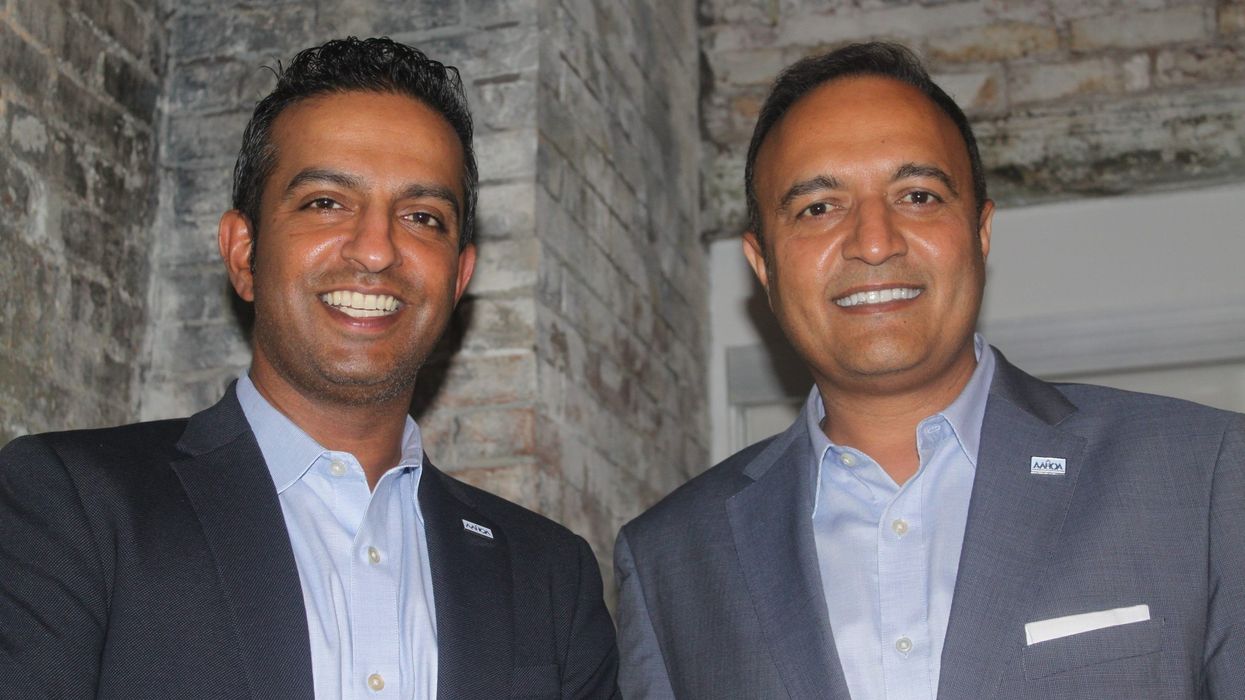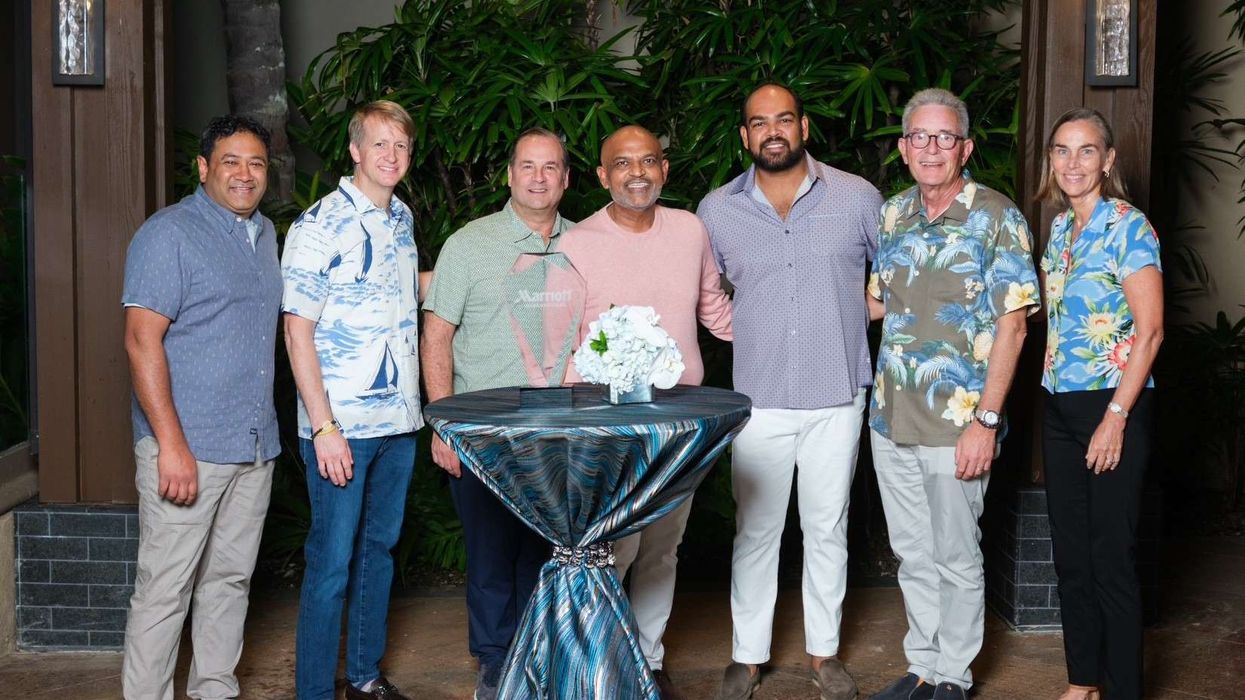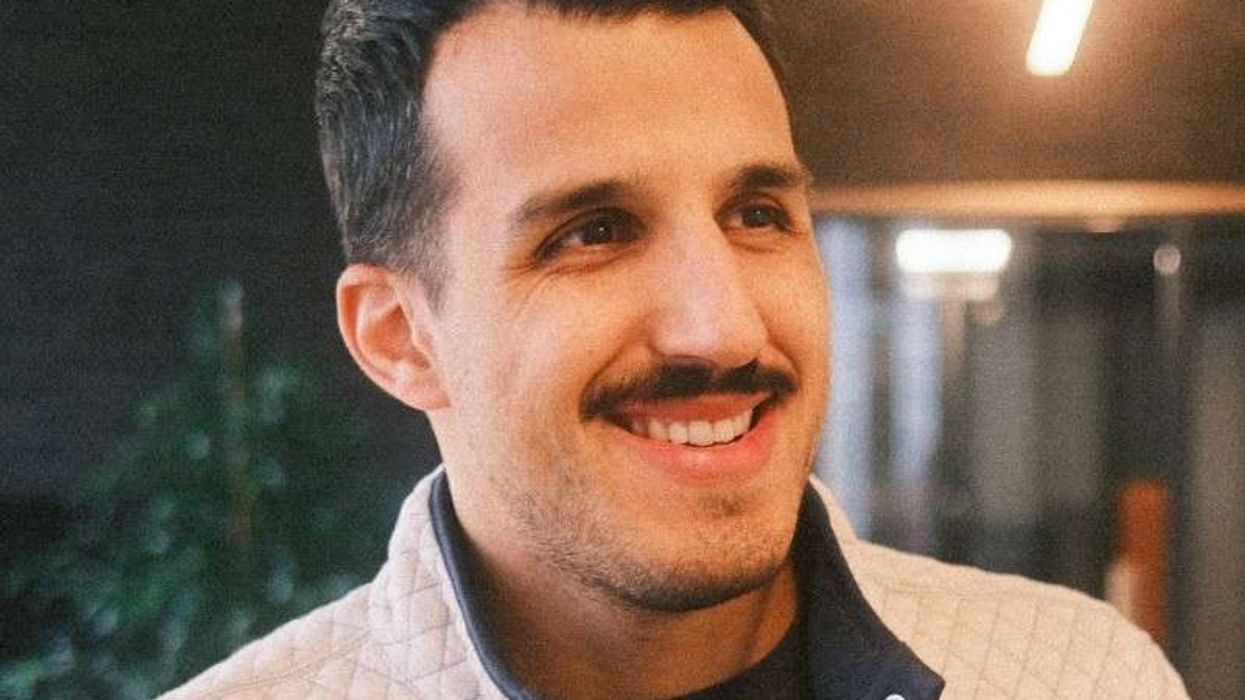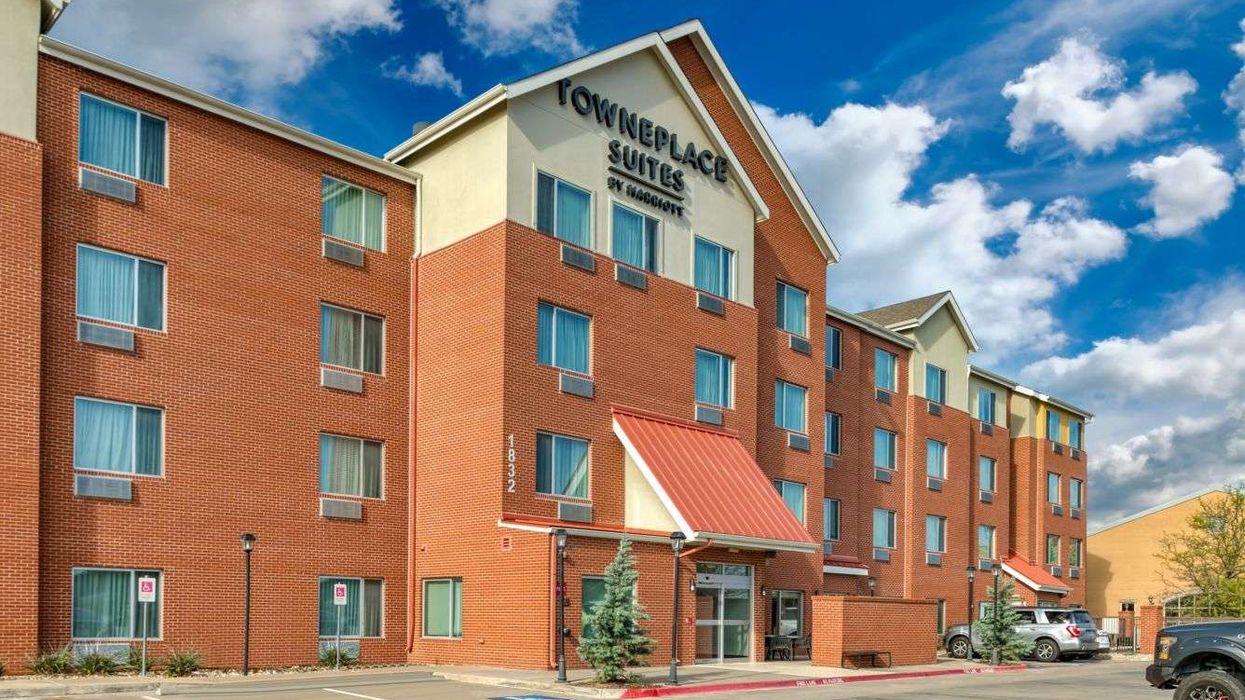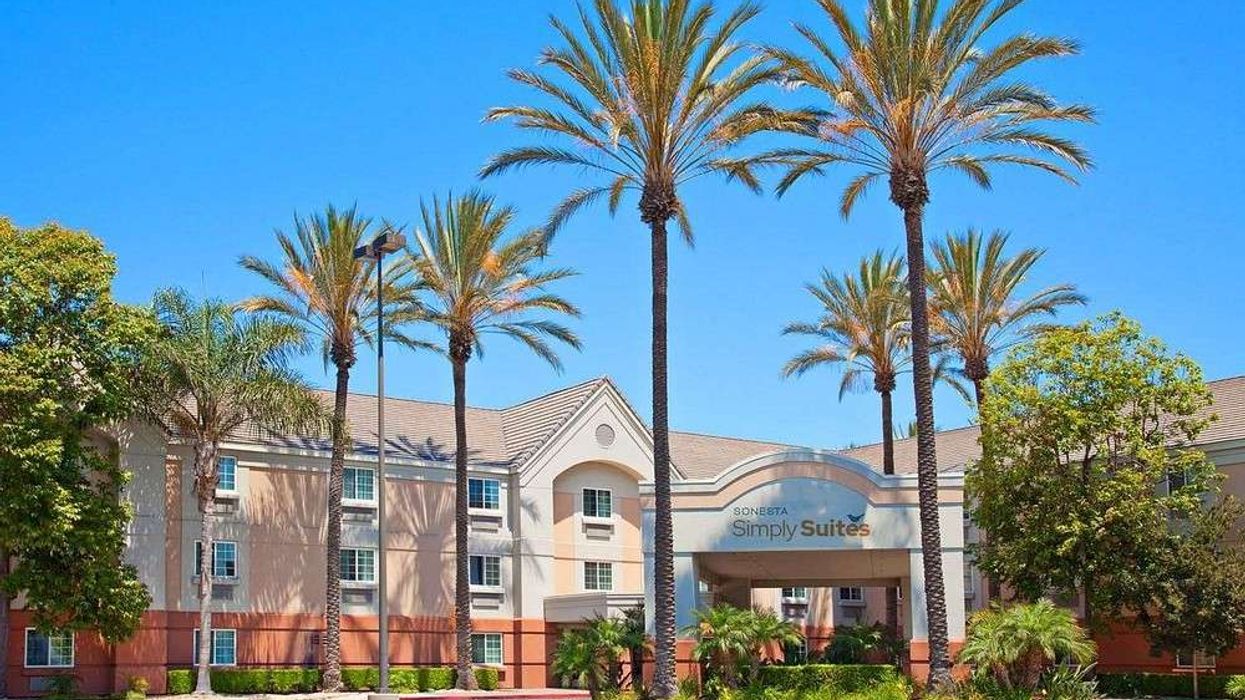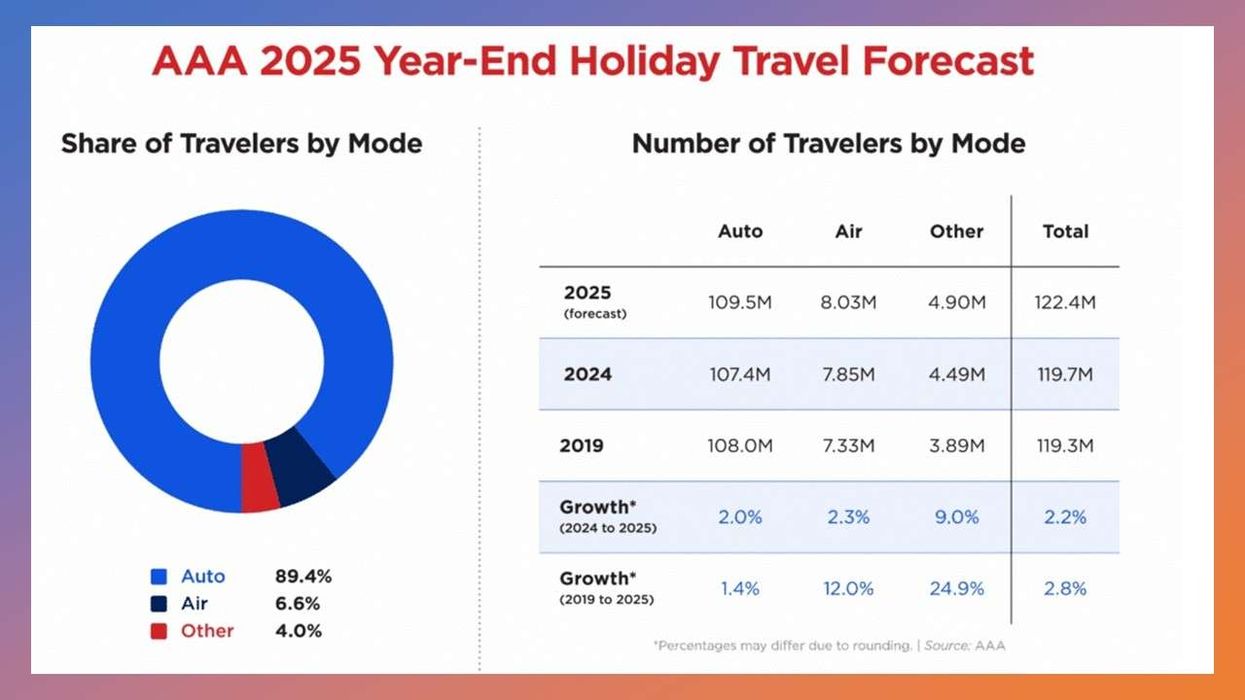A pandemic winding down unevenly, a search for top executives following the resignation of the president and CEO, and a return to an in-person convention are some of the challenges awaiting incoming AAHOA Chairman Vinay Patel. By the end of his term, the association may look different from when he began, but Patel said its essential purpose, serving its membership, will remain the same.
“At the end of the day, I think that the direction we chose and the new strategic plan that we outlined over the last year is still in play,” Vinay said. “I think what will change is how do we get to that? I think the strategy and our long-term focus and what the association does for the membership, I don't think will change. But, it's just how do you get to that end goal as we probably will look at different options, especially with the new leadership coming in.”
The first challenge, in a temporal sense at least, has been the planning and execution of AAHOA’s 2021 Convention and Trade Show, during which Patel will officially take the reins from current Chairman Biran Patel. That decision was made possible by the gradual ending of the COVID-19 pandemic and subsequent cessation of restrictions in many states. Still, that optimism is threatened by a surge in the Delta variant in the U.S.
Perhaps the biggest challenge, however, comes from the resignation in June of Cecil Staton, AAHOA’s president and CEO since November 2019. It is to be followed by the resignation of Rachel Humphrey, executive vice president and COO, on Aug. 7, the day after the convention ends. Those departures set into motion a replacement process and opened the door for possible deeper changes in the way AAHOA is structured.
Moving in a new direction
The reasons for Staton and Humphrey’s resignations has not been fully explained. It was, at least partially, a decision by the board as well as by the two executives, Vinay said.
“It was probably a combination of it all,” he said. “It's just one of those things where we just want to move in a direction that made sense for all of us. We just felt like maybe this is an opportunity to give everybody what they needed to get done. So, it was probably a mutual thing for all parties.”
Like any time there is a change in leadership, Vinay said, there will likely be some changes in how AAHOA is managed.
“Even in my own hotels, when management changes, or people change, we look at the structural decisions,” he said. “Do we need this? Do we not need this? If we could, maybe we need to add more. So obviously, the new leadership team will look at and analyze what is needed and what is not needed and make decisions accordingly.”
Currently, Ken Greene, former Radisson Hotel Group president for the Americas and founder of Greenehouse Consulting, is the interim president and CEO. The board is putting together a search committee to find a permanent replacement, but Vinay said he could not say how long that process will take, nor could he specify what the new president will change.
“I think that the new leader that they will hire will be in a position to look at the different options, especially given the fact that we've had the top two people leaving,” Vinay said. “We've got a lot of new people, the vice president of franchising, vice president of education, we've got a vice president of government affairs, a lot of the new team members that came on board over the last four to six months. I think it's just a matter of, let's reanalyze what we have and see what options we have. And the key thing here is just to making sure that we serve the best interests of our membership.”
Some of AAHOA’s former chairmen have their own ideas about the direction the association should take now.
From the old guard
One change that should be made is to give more power to the board rather than the executives, said Mike Patel, AAHOA chairman from 1998 to 1999.
“The powers of the board have been taken over by the AAHOA office and they have turned it into a paper tiger,” Mike said. “Give the power to the AAHOA board to carry out the members’ needs and protect their livelihood.”
The new president should conduct a member poll to determine what those needs are, Mike said. Those needs, or at least the members’ perception of those needs, changes frequently, said Mukesh Mowji, chairman from 2006 to 2007.
For example, Mowji said some members have complained that recently AAHOA has focused too much on legislative advocacy and not enough on franchising issues.
“So the franchise issues people make noise, and previously it was the ‘politicos,’” he said. “Does not matter, there will always be a flavor of the month. But leadership should work on it with members interests in mind and continue moving forward.”
Regarding Staton and Humphrey’s resignations, Mowji said his corporate background gives hm perspective.
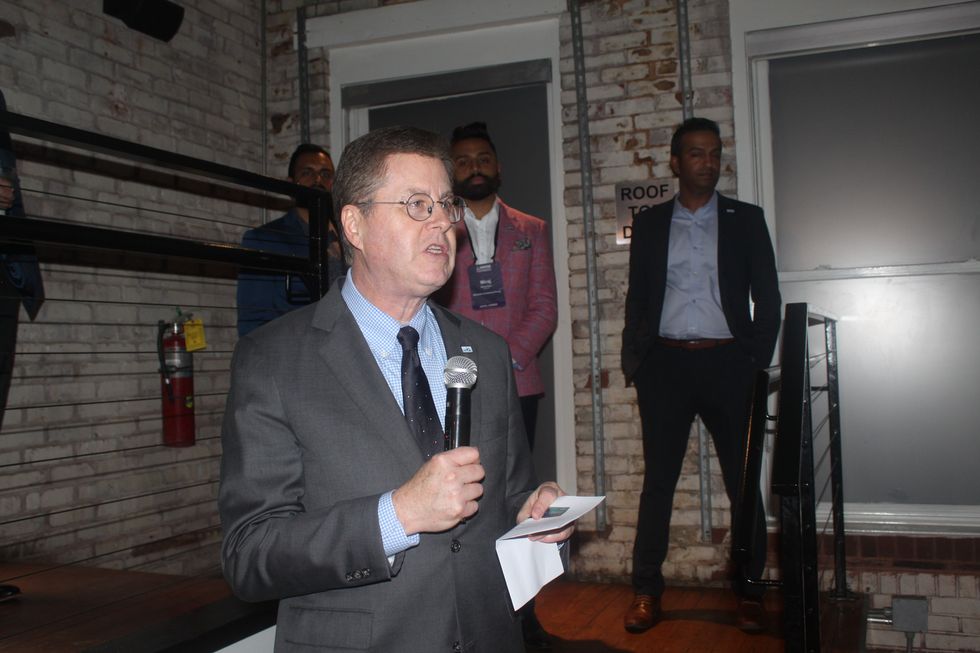
“If something is not a fit, you change it. Looks like the officers and the board of directors saw the lack of a fit, so they changed it,” he said. “No organization is static nor should it ever be, so the dynamics of change are warranted to refresh with new strategies and tactics. I am also a believer that controversy causes change, so let there be controversy.”
The new president’s top priority should be to reinvent AAHOA to bring back member enthusiasm and confidence, Mowji said. They also should institute more transparency, control expenses, bring back the enthusiasm of staff members and learn the complex cultural nuances involved in running the organization.
Mowji also said both the board and the staff have roles to play in running the organization.
“The board’s levels of authority and responsibility are absolute as the board must answer to the membership. It is an elected volunteer entity and while unpaid it is fully reimbursed, so they must be held responsible and accountable for their actions,” he said. “They establish the 'plan', then the staff executes that plan. The fundamentals of the governance is very good, but what was applicable then may not be now, and this organization is not static in time, it is and should be dynamic.”
The passing pandemic
One challenge AAHOA’s new president, whomever it may be, and Vinay may not have to face much longer is the COVID-19 pandemic. While vaccination rates are falling a little below goals set by President Joe Biden and variants of the virus are causing concerns of a new surge among the unvaccinated, most states have begun lifting travel restrictions, finally bringing relief to hotel owners nationwide.
Vinay said that AAHOA will have to change with the times while not forgetting the lessons learned during the outbreak.
“What we've learned over the last 18 months has been a lot of unknowns. And I myself, within my own business, looking ahead is a lot of unknown,” he said. “So, when you look at the association, looking at our members interest in what priorities, we have a lot of unknowns. But at the e
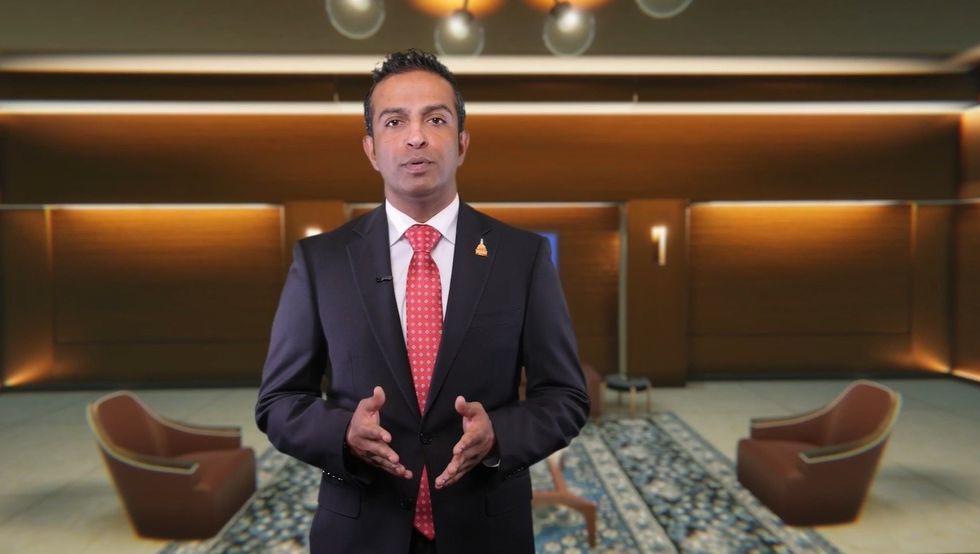
nd of the day, we have to pivot and make changes as issues and problems arise.”
The association’s priorities, serving the members, will remain the same, he said.
“But, obviously, if there's something that comes up urgently or something that's important, that's more important than something that was before, we will always shift our priorities to what's in the best interest of our membership,” Vinay said.
At the same time, he said, the association will be keeping its eyes on the spread of the Delta variant of COVID-19, which has been found to me more contagious than the original. However, Delta still does not pose a threat to fully vaccinated individuals, health officials have said.
The pandemic was an ongoing issue for all of the outgoing chairman’s term, but Biran said it led to several proud moments as the association rose to the occasion.
Leading from a computer screen
The challenges of his year were unique, Biran said, particularly since so much of his leadership was done behind a computer screen.
“AAHOA typically hosts more than 150 events per year, and not being able to go out and meet our members, vendors, brands, and industry partners face to face certainly made for a different kind of leadership experience,” he said. “My priority as chairman was to ensure that we remained connected with those we serve and those with whom we work, and I feel that we achieved that as best we could. This pandemic was yet another reminder that you can do everything right, but that events outside of your control will ultimately dictate how things turn out.”
Biran said he is most proud of how the organization and members pivoted to meet the pandemic conundrums.
“There was so much that we did not know about this virus and how it would impact our businesses and our country. AAHOA found new ways to engage with members to help them navigate theuncertainty our industry faced,” he said.
That included creating more than 200 webinars with the majority addressing COVID-specific issues, Biran said. In lieu of the in-person events, they held a virtual convention and trade show, regional conferences, and town halls to maintain connections. It also facilitated an exchange of information and ideas on addressing the pandemic's challenges together.
“On the advocacy front, AAHOA was instrumental in urging the administration to grant affiliation waivers. This meant that owners with multiple properties could secure PPP loans for each hotel. AAHOA helped hoteliers navigate new government stimulus programs and work with lenders on forbearance,” Biran said. “Our advocacy team also focused on helping owners address liability issues with regard to reopening or staying open. We brought hoteliers and lawmakers together so our elected officials could make more informed decisions about how to best help small businesses during this crisis.”
The weakening of COVID’S grip on the country has allowed AAHOA to hold its convention in person this year. However, that doesn’t mean it’s been easy.
Putting on a show
Organizing the show has been a challenge, Vinay said.
“We've planned this over the last probably eight to 12 months and, back in September, October and November, we knew that we were planning for six-foot social distancing,” Vinay said. “And then, as you go through the process, as things are loosening up, we're pivoting as things come along.”
The planners added a welcome reception recently, he said, as well as some smaller entertainment.
“It's been challenging, because you just don't know. And it's hard to prepare. So here you are literally 60 to 90 days, and you're trying to do something that you should have been doing probably six months ago, but just the fact that we just we just don't know what we could do,” Vinay said. “But I think that our team has done a great job in putting things together.”
They are budgeting for 4,500 to 6,000 people, and they expect the trade show will be the largest ever.
“I think it's an incredible accomplishment if you think about it, to have a convention right after COVID. And then to come back with a convention with that size and that magnitude,” Vinay said. “And well executed really well from a safety perspective.”
Vinay attended the Hunter Hotel Conference in Atlanta in May and studied how that show was conducted.
“I was surprised at how well they executed, I thought that they did a great job,” he said. “I think we're all prepared and ready to go. But, obviously, when you go to these different conferences, you see what works and what doesn't work.”
Vinay also saw how important it is to get back to in person meetings.
“When you have virtual meetings, and they're great, there's nothing wrong with virtual meetings, nothing wrong with it,” he said. “But I think when you do face to face, it's just a big difference.”
